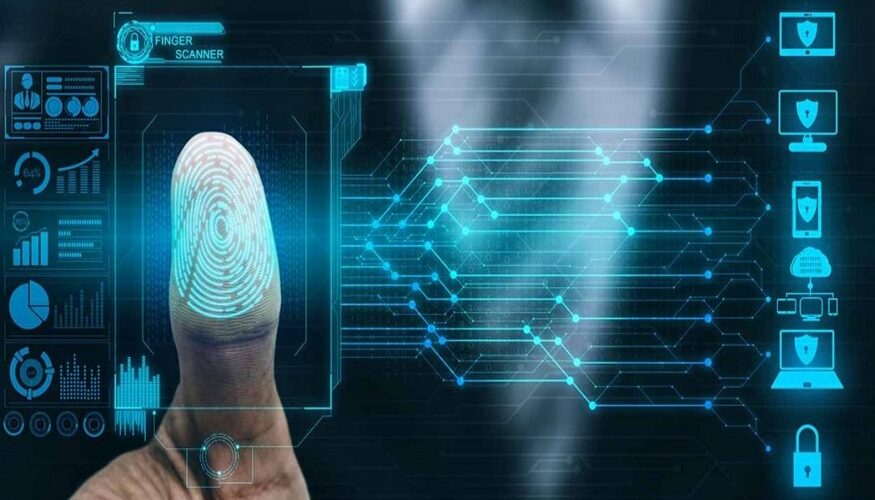The Truth Is in Your Fingertips
Let’s be honest: we’ve all tapped a screen, unlocked a phone, or clocked into work with a fingerprint. It feels routine. Basic, even. But there’s way more going on behind the scenes than most people realize.
That simple scan? It holds your identity, your background, and—whether you like it or not—a level of security that’s hard to fake. We’ve spent years around this tech, and we still find it fascinating.
In a time where everything else can be edited or spoofed, fingerprints hold their ground. No filter. No reset button. That’s what makes fingerprint scanning such a reliable part of background checks, hiring processes, and legal compliance.
We’ve worked with professionals from all walks of life, and one thing’s clear: when people understand what fingerprinting really offers, they stop seeing it as a hassle—and start seeing it as protection. Let’s break it down.
What Happens During Fingerprint Scanning? (Hint: It’s Not Just About Prints)
It’s tempting to think of fingerprint scanning as a fancy photocopy of your fingers. But that’s not really how it works. There’s more going on—way more. When your fingers are placed on a live scan device, it doesn’t just take a photo. It maps the ridges, the patterns, and even the sweat pores in detail. Each scan becomes a digital code, a biometric signature that links directly to you.
That data is then cross-checked against official databases. Law enforcement, licensing agencies, and employers use it to confirm identity and spot any flags. Not all scans are created equal, though. Poor-quality scans can delay results. Smudged prints? Not acceptable. That’s why preparation matters—clean hands, trimmed nails, and no lotion just before the scan.
A technician might rescan a finger or two if the quality isn’t right, but that’s all part of the process. It’s fast, clean, and doesn’t involve ink. And once your prints are captured, the data is usually submitted immediately for review.
Who Needs Fingerprint Scanning and Why It’s Not Optional
Not everyone realizes how common fingerprinting has become. If you’re applying for certain jobs, it’s likely required. Teaching. Nursing. Childcare. Security. Public sector work. These aren’t just recommendations—they’re non-negotiable.
Why? Because these roles involve responsibility. Sensitive data. Vulnerable people. Trust. And trust starts with knowing who’s who. Fingerprint scanning helps prevent identity fraud and ensures employers are making informed choices.
It’s not just employees, either. Volunteers. Contractors. Caregivers. Even people adopting a child may need to provide fingerprints. It’s not about suspicion—it’s about creating safe environments.
Fingerprint scans don’t just catch criminal history. They connect the dots. If someone used an alias or had records under another name, a scan picks that up. It helps organizations look beyond surface-level checks and spot red flags before they become problems.
How to Make Your Fingerprint Scan Smooth and Stress-Free
Getting fingerprinted isn’t a big deal—but you don’t want it to turn into a redo. Show up prepared, and you’ll be in and out in minutes. Here’s how to avoid hiccups:
- Bring a valid government-issued ID
- Know which agency is requesting the scan
- Check if you need a special form or request code
- Avoid using lotion right before your scan
- Wash your hands and dry them well
The scanner needs clear ridge detail, and anything that affects that—dirt, dryness, excess moisture—can mess up your results. Live scan systems are smart, but they can’t read through smudges.
Also, if you’ve got very worn fingerprints (which can happen over time or from manual labor), tell the technician. They may use alternate techniques or try multiple scans. The goal is quality—not speed.
Fingerprint Scanning vs. Other ID Methods: Why It’s Still the Gold Standard
People often ask, “Why can’t I just use my photo ID?” Fair question. But here’s the issue: photos can be faked. Names can be misspelled. Birthdays can be mistyped. Fingerprints don’t lie.
Biometric scanning—especially fingerprinting—is still one of the most accurate ways to verify identity. It’s tough to forge and even tougher to manipulate. While face ID and iris scanning are gaining ground, fingerprints remain the most widely accepted biometric worldwide.
Plus, it works across systems. Whether it’s a background check for employment or a federal security clearance, fingerprint scans provide a verified, consistent identifier. No guessing. No mistakes. Just facts.
So yes, it might feel like an extra step—but it saves time and protects both you and the organization on the other end.
Why This Process Deserves More Respect—and How to Get Started
Fingerprint scanning often flies under the radar. It’s not flashy. It doesn’t get headlines. But it works—and that’s what matters if you’re in a profession where trust, security, and legal compliance matter; this step is essential.
We believe in getting it right the first time. And when you know what to expect, it’s easy. Get your documents in order. Book your appointment. Ask questions if you’re unsure.
In the end, fingerprint scanning is about being prepared, being professional, and being verified—so you can move forward with confidence.

